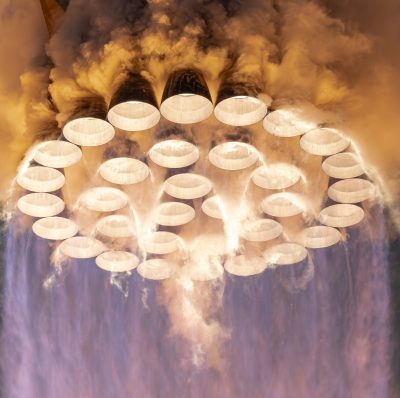A group of students from Lancing College in the UK have sent in their Critical Design Review (CDR) for their entry in the UK CanSat project.
Per the competition guidelines the UK CanSat project challenges students aged 14 to 19 years of age to build a satellite which can relay telemetry data about atmospheric conditions such as could help with space exploration. The students’ primary mission is to collect temperature and pressure readings, and these students picked their secondary mission to be collection of GPS data, for use on planets where GPS infrastructure is available, such as on Earth. This CDR follows their Preliminary Design Review (PDR).
The six students in the group bring a range of relevant skills. Their satellite transmits six metrics every second: temperature, pressure, altitude reading 1, altitude reading 2, latitude, and longitude. The main processor is an Arduino Nano Every, a BMP388 sensor provides the first three metrics, and a BE880 GPS module provides the following three metrics. The RFM69HCW module provides radio transmission and reception using LoRa.
The students present their plan and progress in a Gantt chart, catalog their inventory of relevant skills, assess risks, prepare mechanical and electrical designs, breadboard the satellite circuitry and receiver wiring, design a PCB in KiCad, and develop flow charts for the software. The use of Blender for data visualization was a nice hack, as was using ChatGPT to generate an example data file for testing purposes. Mechanical details such as parachute design and composition are worked out along with a shiny finish for high visibility. The students conduct various tests to ensure the suitability of their design and then conduct an outreach program to advertise their achievements to their school community and the internet at large.
We here at Hackaday would like to wish these talented students every success with their submission and we hope you had good luck on launch day, March 4th!
The backbone of this project is the LoRa technology and if you’re interested in that we’ve covered that here at Hackaday many times before, such as in this rain gauge and these soil moisture sensors.






















